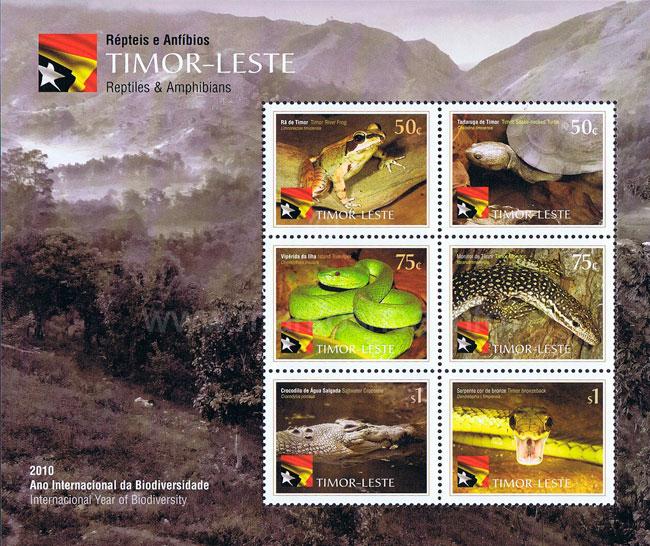During the latter half of the 20th century, it was noticed that global amphibian populations had entered a state of unusually rapid decline. Hundreds of species have since become categorized as “missing” or “lost,” a growing number of which are now believed extinct. Amphibians are often regarded as environmental indicator species because of their highly permeable skin and biphasic life cycles, during which most species inhabit aquatic zones as larvae and as adults become semi or wholly terrestrial. This means their overall health is closely tied to that of the landscape. Amphibian declines in recent decades are largely attributed to increases in habitat destruction, pollution, and commercial exploitation, but enigmatic declines and mass mortality events began to be observed in seemingly healthy environments, suggesting that an additional factor with considerable negative impact was also influencing declines.
Source: Kolby J, Daszak P. 2016. The Emerging Amphibian Fungal Disease, Chytridiomycosis: A Key Example of the Global Phenomenon of Wildlife Emerging Infectious Diseases, p 385-407. In Scheld W, Hughes J, Whitley R (ed), Emerging infections 10. ASM Press, Washington, DC. doi: 10.1128/microbiolspec.EI10-0004-2015

- Login om te reageren
